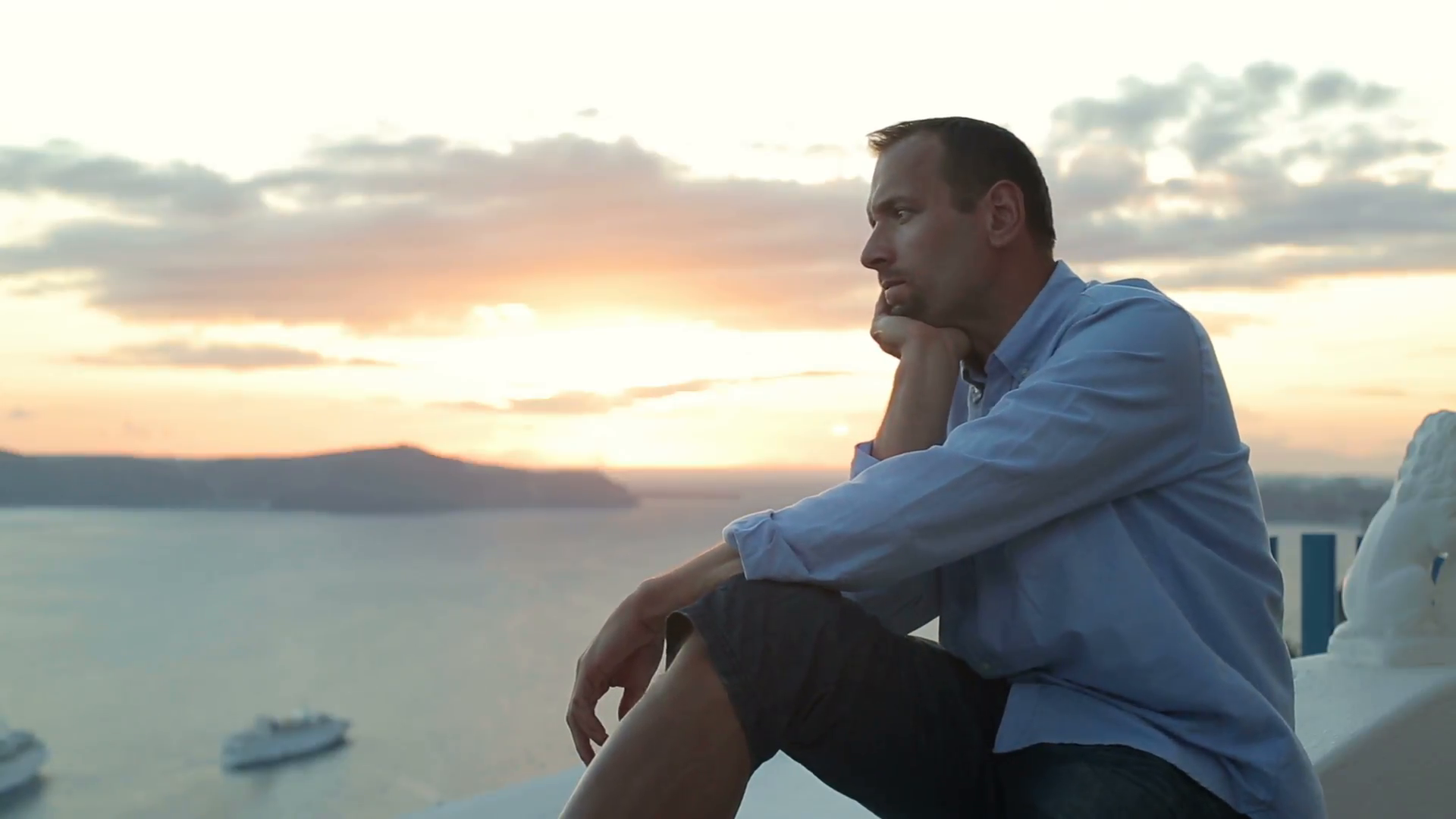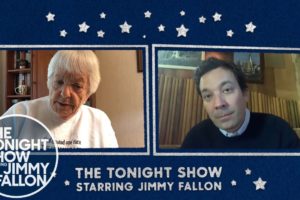
Mindfulness…how it really works!
“We need to practice mindfulness if we want to have a future, if we want to save ourselves and the planet.
Thich Nhat Hanh, clergyman
“It was kind of his ‘claim to fame’…his uniqueness…!”
Parnell was a retired corporate executive trainer who was now focused on golf and being a ‘snowbird’. This unique Canadian mental state involved scooting south every fall to escape Canada’s winter weather.
Parnell had worked hard for twenty-five years and taken an early retirement at age fifty-five, which was becoming more common. He enjoyed excellent physical health with nothing more serious than a touch of arthritis and a bum knee, the result of a sports injury.
Parnell was of average height, grey tinges in his long black hair, and fit. He dressed casual, wearing a golf shirt at every opportunity. He told me he added a string tie or a warm sweater as the situation required. He got away with this limited wardrobe because of his friendly manner and willingness to tease others about how he got away with it so often. It was kind of his ‘claim to fame’….his uniqueness, idiosyncratic style of retiring.
“Yet, I get upset about my golf game!”
Parnell had made the appointment three weeks previously, having requested a time that fit between ‘his busy golf schedule.’ He had said it wasn’t urgent because he was retired…displaying already his easy going attitude and life style which he obviously, highly valued.
When I asked him how I could serve him, he said,
“Ken, being retired, there’s not much I have to do…so there’s not much I have to be concerned about. My health is good, my family-life stable and my bills paid. I have friends, a good pension and nothing to be overly concerned about. Yet, I get upset about my golf game!”
“Upset? In what way, Parnell? Are you assaulting trees with your clubs?” I asked with a smile mirroring his earlier banter and friendliness.
“No, nothing like that at all! Actually, I doubt if any of my golf mates even notice. But, inside my head, I can be raging at myself for a missed putt or an unintended hook shot.” he replied, in a very serious tone.
“So, I try to be in the moment… just accept it for what it is!”
Adopting his demeanour, I asked,
“How do you cope with those moments, Parnell?”
“I’ve been a devotee and practitioner of mindfulness for quite a while now. So, I try to be in the moment…let go, notice how I feel, and… just accept it for what it is!” he replied.
“Acceptance of things will never be OK with your brain or your mind. They both demand more than that. Since you’re here today, I guess your version of mindfulness has not been enough, Parnell?” I asked.
“Not only is it not enough…it doesn’t really work…it just pisses me off more! But, what do you mean by my version?” he said, his frustration emerging both vocally and in his tightening face.
“Parnell, that’s because it sounds like your version of mindfulness may be incomplete because it ignores how your brain and your mind operate according to the laws of, not just biology, but also physics, chemistry and other hard sciences!” I said.
Then I added,
“Research has defined mindfulness as the self-regulation of attention with an attitude of curiosity, openness, and acceptance. It’s been said about 5% of mindfulness users actually understand how it works. The rest seem to be just seeking pleasure instead of pain…an illusion of belief.”
”Are you saying, most practitioners have no idea what mindfulness is or how to use it effectively?”
“That’s the opinion of some in the know, apparently!”
“Maybe, I’m one of them!” he said, thoughtfully.
“I really love yoga. I love the mindfulness of it, where not only are you exercising your body, but you’re also building that mind/body connection …what your body’s doing, how your body’s feeling.”- Miranda Rae Mayo, actress

“… a natural ability of our brain and mind to survive and learn…”
He hesitated briefly, while he processed my comment. Then, he said,
“What have physics and biology got to do with mindfulness, Ken?”
“Parnell, your body and mind follow the exact same laws as everything else in nature. And, the natural world is run by the specific laws which we call the laws of biology, physics, chemistry, cosmology…you know…all the hard sciences.”
“Are you saying there is a ‘biology and physics’ to mindfulness?”
“Yes! Mindfulness is not new! It has had many other names in the past such as: self-control, self- hypnosis, self-discipline, meditation, yoga, presence, prayer, daydreaming, groundedness, etc.”
Then I added,
“One of my mentors, Dr. William Glasser, considered one of the Fathers of Modern Psychology, called it a total behaviour with four parts: a body action and a mental thinking which creates a mental feeling and a physiological state.’”
“I didn’t know all this!” Parnell replied.
“Mindfulness is considered by some as psychology’s new term for a natural ability of our brain and mind to survive and learn in any moment of time. Humans have been using this ability a long time.”
“‘Using it for a long time’…how do you mean, Ken?”
“…the pain on not being able to sustain your pleasure…”
“We have always used our brain to figure out how to deal with anything that stresses us… threatens our survival. But, mindfulness follows nature’s basic laws…and especially, the law of balance.”
“You’re saying mindfulness follows a law of balance which is a law of nature…am I with you so far?”
“Yes, Parnell! There is a balancing synchronicity and symmetry in nature which prevails in each second of our life. Basically, it means there is always an equilibrating positive and negative, a good and bad, a pleasure and pain to human existence…including when we use mindfulness!”
“So, that would mean when I get to a state of mindfulness…which would be pleasure, eh…there is an equal amount of pain…is that right?”
“Parnell is that not what brought you here…the pain on not being able to sustain your pleasure, which you thought was mindfulness?” I asked.
He looked at me like I had slapped him with a salmon…shocked. He gathered himself together and said,
“…it is about finding the balance of pleasure and pain…which creates gratitude…”
“Do you mean the pain in mindfulness is trying to sustain it’s pleasure side only?”
“What do you think, Parnell? Does that sound true for you? It is a very common misconception about mindfulness…that it is about finding the pleasure, when in fact, the research suggest, it is about finding the balance of pleasure and pain…which creates gratitude or appreciation.”
“That’s why I came to see you…I am not able to sustain the pleasure for any length of time!” he replied, affirming my comment.
“It’s like trying to sustain happiness or conversely, sadness. The human mind is not able to retain a one sided perception for very long because our mind seeks a balance in the same way our body does when we move from two feet to one foot.”
“If that’s true then, I haven’t been doing as bad as I thought. I’ve just been trying to ignore a basic law of nature…is that what you mean, Ken?”
“Mindfulness is a quality that’s always there. It’s an illusion that there’s a meditation and post-meditation period, which I always find amusing, because you’re either mindful or you’re not.”- Richard Gere, actor

“…pain motivates us to find the counterbalancing pleasure which grows our gratitude for our life…that’s the natural law!”
“Exactly, Parnell! So, mindfulness isn’t just about accepting a moment in time…it is really about being appreciative of that moment in time… feeling grateful for it! This is a much higher level of awareness.”
“So, I first noticed the pain part of the moment which drove me to choose mindfulness. But, in so doing, I uncovered, the pleasure as well, which creates gratitude in me. So, acceptance is incomplete, I can achieve appreciation or gratitude …am I getting this, Ken?”
“You sure are, Parnell! Our pain motivates us to find the counterbalancing pleasure which grows our gratitude for our life…love for our life…that’s the natural law!”
“So, does it work both ways? Is there always an equal amount of pain in pleasurable moments?” he asked running with the idea.
“Check it out for yourself! Go to the most pleasurable moment of your life so far, Parnell! When and where was it?”
“I’m thinking, ‘Why can’t I do that more often? Can I do it on the next hole? I’ll never be able to do that again!’…”
He thought for a moment before responding while smiling to himself.
“Ken, going back to golf for a moment. I remember playing this very cool course in Ontario. It was the 8th hole, a par 5, overlooking the Lake. My drive was so strong and accurate, it landed three inches from the pin. I was ecstatic… screaming, laughing and jumping around.”
“Parnell, go inside your mind at the very moment you were jumping around and uncover the pain of that beautiful shot!” I said.
He paused thoughtfully getting into the moment,
“I’m thinking, ‘Why can’t I do that more often? Can I do it on the next hole? I’ll never be able to do that again!’…that’s what was going on in my mind.”
“Is that the pain of stress, self doubt and a lack of self confidence?”
“…mind-ful-ness means…a full awareness of our mind finding the balance…”
“Yes, I spent the rest of the day trying to do it again…with no success and lots of frustration!” he replied, seeing the pain immediately.
“It makes the point, doesn’t it, about golf being a ‘mind game,’ eh?” I said, with a soft smile.
“Yeah, it sure does, Ken! But it also reminds me that when I miss a shot, instead of trying my old form of mindfulness, I could ask myself, ‘What I can learn from this shot for my next shot?’…which would keep me more balanced, instead of just getting angry because that could improve my game, eh?”
“Parnell, I consider that ‘self-therapy’…focused accelerated learning! Now, you sound like ‘Tiger Woods’ and now, you’re ready to return to your life and your golf, eh?” I offered with a half smile.
“Ken, I guess ‘mind-ful-ness’ means exactly what is says…a full awareness of our mind finding the balance, eh?”
Then he added, expanding his insights simultaneously,
“And, now that I know what mindfulness is really about, I feel more prepared for whatever my future golf game, and life game, holds for me! Thank you Ken!”
“Mindfulness can help people of any age. That’s because we become what we think.”
– Goldie Hawn, actress




1 Comment
Excellent article Ken I appreciate your sharing it with us, it is wonderful to be able to read them to see the insightfulnes the client receives going through the process! I like how you intertwine Glassers work with Johns as well! Have an amazing evening and a great day tomorrow! Namaste, Love and Light, Greg MacIntyre